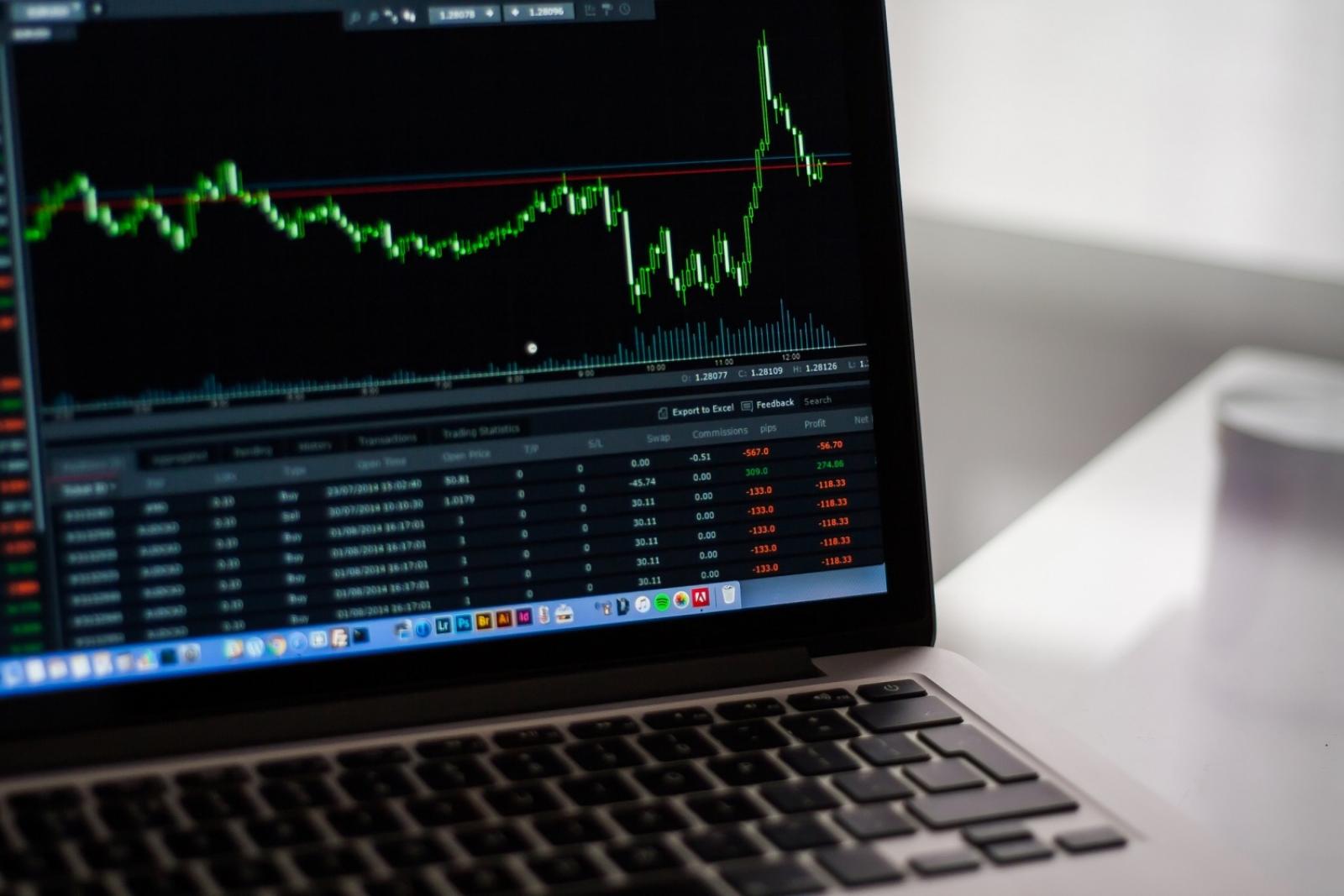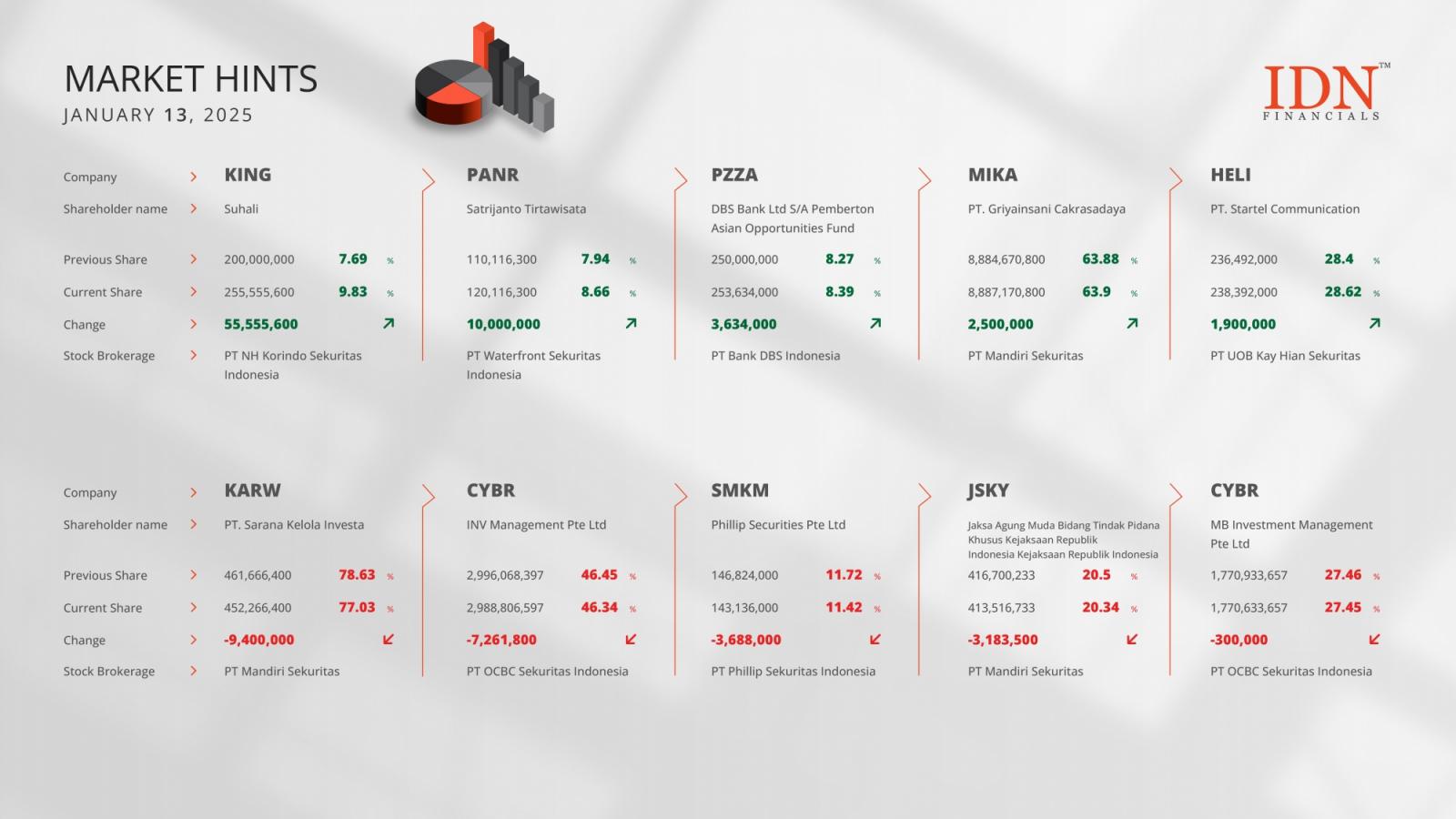
The British pound weakened against other major currencies in the late European session on Thursday, after the Bank of England maintained its key policy rate for the sixth consecutive meeting.
The Monetary Policy Committee decided to hold the Bank Rate at 5.25 percent again in a split vote. The current bank rate is the highest since early 2008.
While seven members judged that maintaining the rate at the current level was warranted, Swati Dhingra and Dave Ramsden sought a quarter-point reduction at the meeting.
Dhingra and Ramsden said the Bank Rate needed to become less restrictive to enable a smooth and gradual transition in the policy stance, and to account for lags in transmission.
\"The MPC remained prepared to adjust monetary policy as warranted by economic data to return inflation to the 2% target sustainably,\" the bank said.
The bank forecast the economy to grow only 0.2 percent in the second quarter after an estimated 0.4 percent growth in the first quarter.
Investors became cautious as uncertainty over Fed rate cuts deepened, and Israel forces pushed ahead with attacks on Rafah.
The British sterling traded higher against other major currencies ahead of the BOE rate decision.
In the late European session, the pound fell to more than a 2-week low of 1.2446 against the U.S. dollar, from an early high of 1.2502. The pound may test support near the 1.23 region.
Against the euro and the Swiss franc, the pound dropped to more than 2-week lows of 0.8620 and 1.1320 from an early 2-day highs of 0.8591 and 1.1367, respectively. If the pound extends its downtrend, it is likely to find support around 0.87 against the euro and 1.12 against the franc.
The pound edged down to 194.06 against the yen, from a early 1-week high of 194.87. The pound may test support near the 190.00 region.
Looking ahead, U.S. weekly jobless claims data is due to be released in the New York session.





